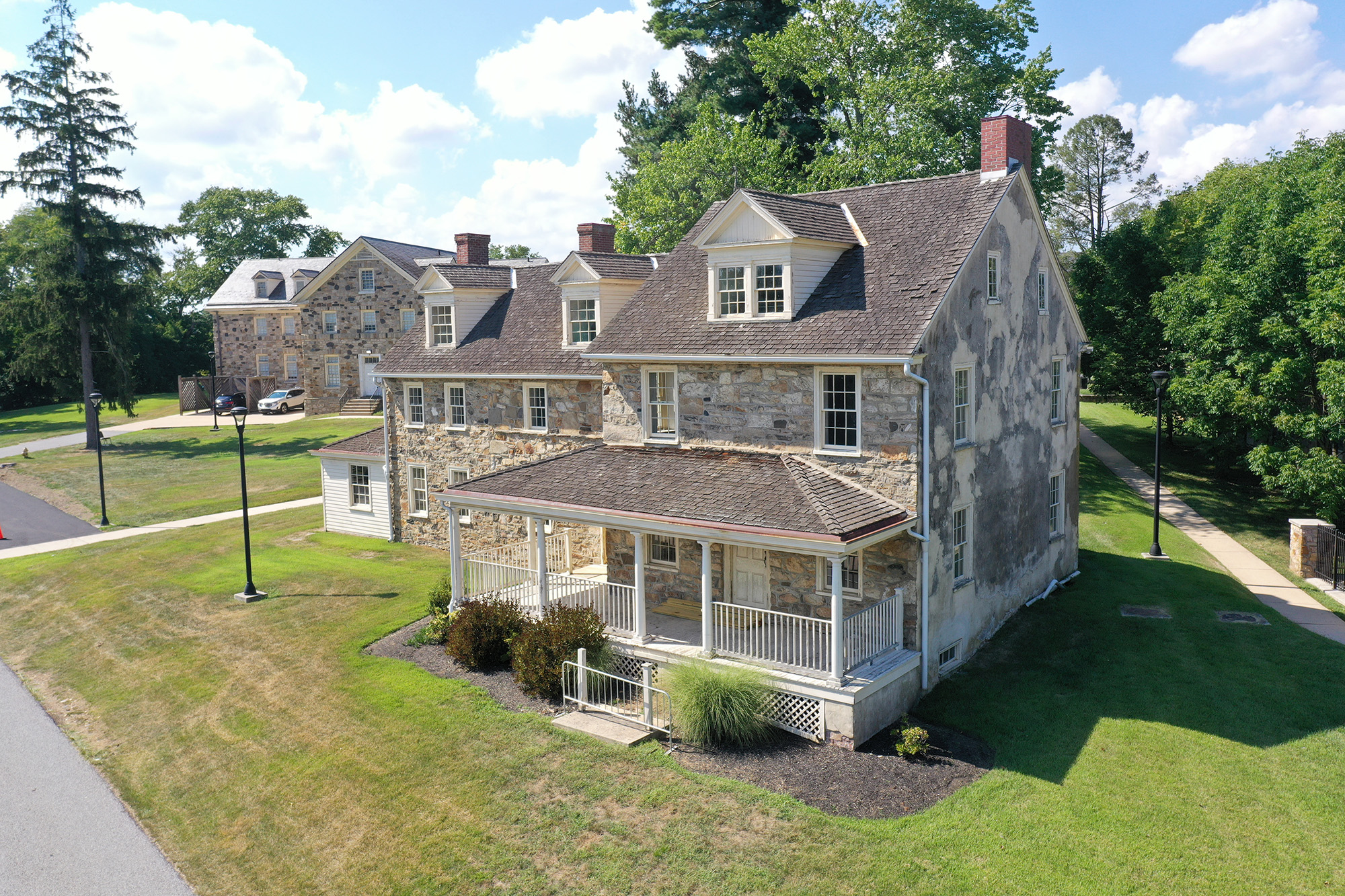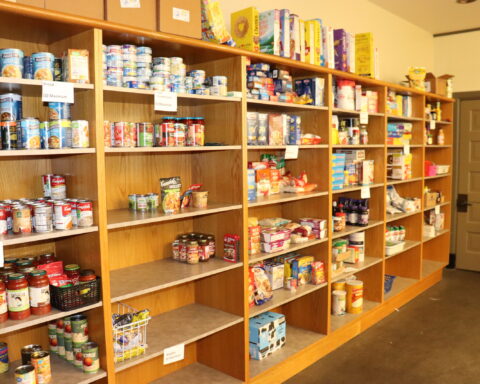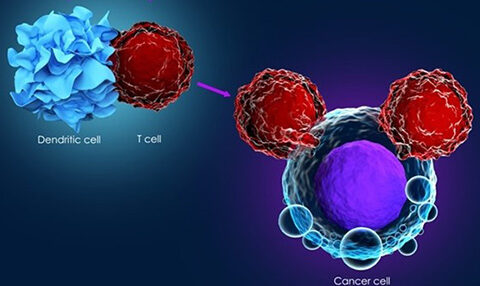Courtesy of Cheyney University of Pennsylvania
As part of Cheyney University of Pennsylvania’s efforts to transform its campus by preserving history and creating state-of-the-art facilities, the university will restore the Melrose Cottage, originally constructed in the late 1700s, and convert the structure into a Welcome Center that will attract, exhibit, and educate current and future generations about the nation’s first Historically Black College and University (HBCU).
With the project supported through the Semiquincentennial Grant Program funded by the Historic Preservation Fund as administered by the National Park Service, Department of Interior, Cheyney will utilize the $500,000 grant to embark restoration process to renovate the exterior façade and interior space to convert the Melrose Cottage into a multi-functional facility. The two-and-a-half-story cottage was the home of family members who bequeathed what was once farmland into the campus to create the school. The home, which is located on the southern edge of the quadrangle, was originally used by the university as the president’s residence. It was placed on the National Register of Historic Places in 1986.
“The funding will allow the necessary restoration efforts to proceed, and lead to the re-opening of the facility as well as the ability to demonstrate its history and contribution to the development of America,” said President Aaron A. Walton.
The restoration of the facility will convert the space to be primarily used as a Welcome Center and gateway into exploring the history and evolution of educating diverse communities in the nation. It will display a portion of the university’s special collection of historical records and it will include a gift shop in which Cheyney-specific and other regionally significant souvenirs can be purchased. The university also plans to relocate its Admissions office to the building and train staff and students to be campus and community guides.
“We will retain strategic design professionals with experience in the restoration of historic structures,” said Mae B. Stephens, Director of Title III/Grants Administration. “This is an incredible opportunity to preserve our history while supporting our efforts to grow across our campus.”
The Melrose Cottage was home to generations of Quakers, who primarily opposed slavery and slavery practices. The farmstead on which the cottage stands was carved from the substantial, landholdings of John and Thomas Cheyney, Quaker farmers. The stone cottage was built on the property before 1785 and sections were added to the structure over time. It was the home of Mary H. Cheyney, who grew up in the house and pursued a medical career. She chose to practice outside of a major city and treated both Black and White patients at a time when most White physicians would not see Black patients. She was also listed as the only woman physician on a staff of eight doctors at the opening of the West Chester Hospital in 1892.
The cottage served as the president’s house from 1903 until 1968, with its period of greatest significance during the administration of Dr. Leslie P. Hill, noted educator, poet and humanitarian. Dr. Hill became principal at the Philadelphia Institute for Colored Youth in 1913. He remained until 1951 and oversaw name changes and the status of the school.
“The cottage played a major role in its use during the primary establishment of modern day Cheyney University. We want the Welcome Center to be the first stop for every person who comes to Cheyney, equipping them with knowledge about our university before they can explore it for themselves,” said President Walton.
The cottage has been completely offline, and the last work completed was in 2004 to help preserve the exterior and structure. There are no internal systems, aesthetical finishes, or infrastructure that would allow the opening and use of the facility for the public. Additionally, the recent escalation of severe storms in the Southeast Pennsylvania area also exacerbated the threat to the deterioration of the structure.
After successful completion of the project, the university will assign resources necessary to operate and maintain the facility and site annually. The sustainability plan will include maintenance, custodial and grounds, contract services for all systems, and utilities. The university will also coordinate with local historical societies and affinity groups to establish a “Friends of Melrose Cottage” fund, a restricted fund established to enable individual and institutional donors to support the maintenance of the building.
“The CheyneyMade story will be featured to expose and educate a new generation of learners about the impact of diversity, the need for inclusivity, and the imperative to be socially responsible individuals in an ever-changing world,” said President Walton.
Cheyney is one of several recipients to receive a grant from the National Park Services inaugural round of funding for the Semiquincentennial Grant Program. The program was created by Congress in 2020 and funded through the Historic Preservation Fund. The initial round totaling $7 million in grants will support 17 cultural resource preservation projects across 12 states.
“National parks and National Park Service programs serve to tell authentic and complete history, provide opportunities for exploring the legacies that impact us today and contribute to healing and understanding,” said NPS Director Chuck Sams. “Through the Semiquincentennial Grant Program, we are supporting projects that showcase the many places and stories that contributed to the evolution of the American experience.”







